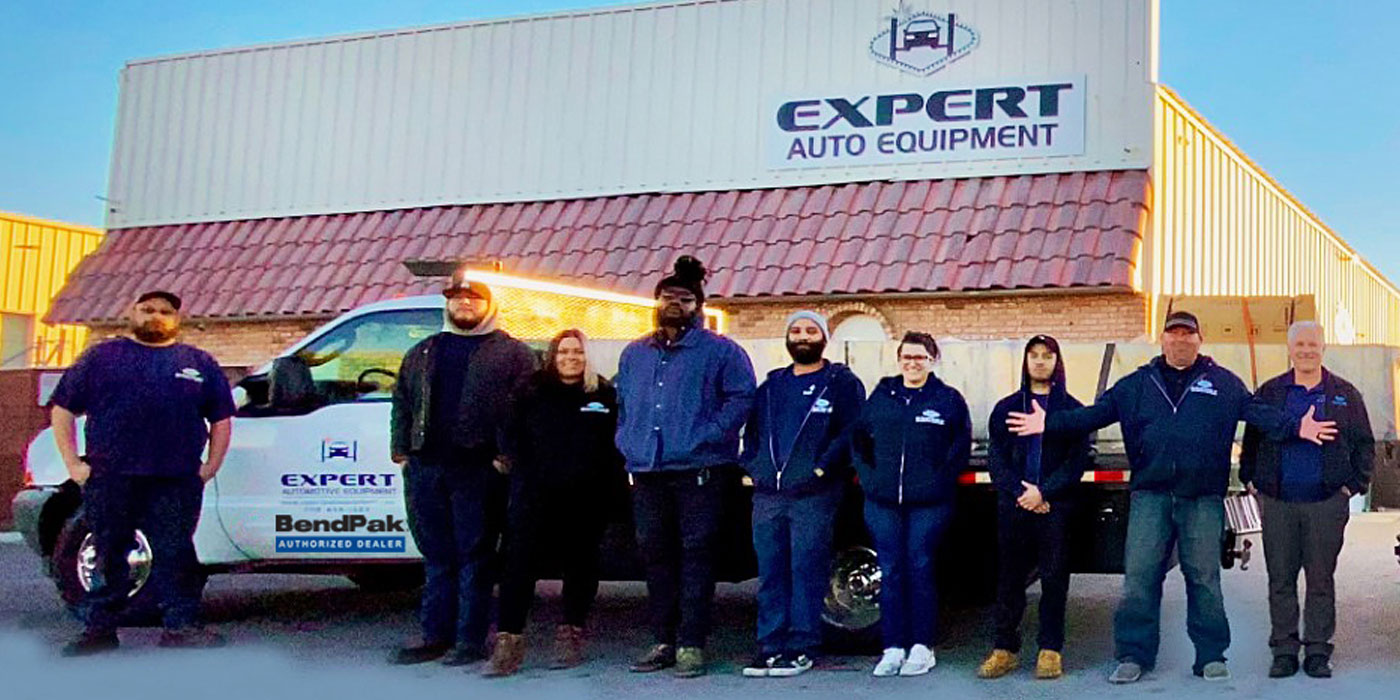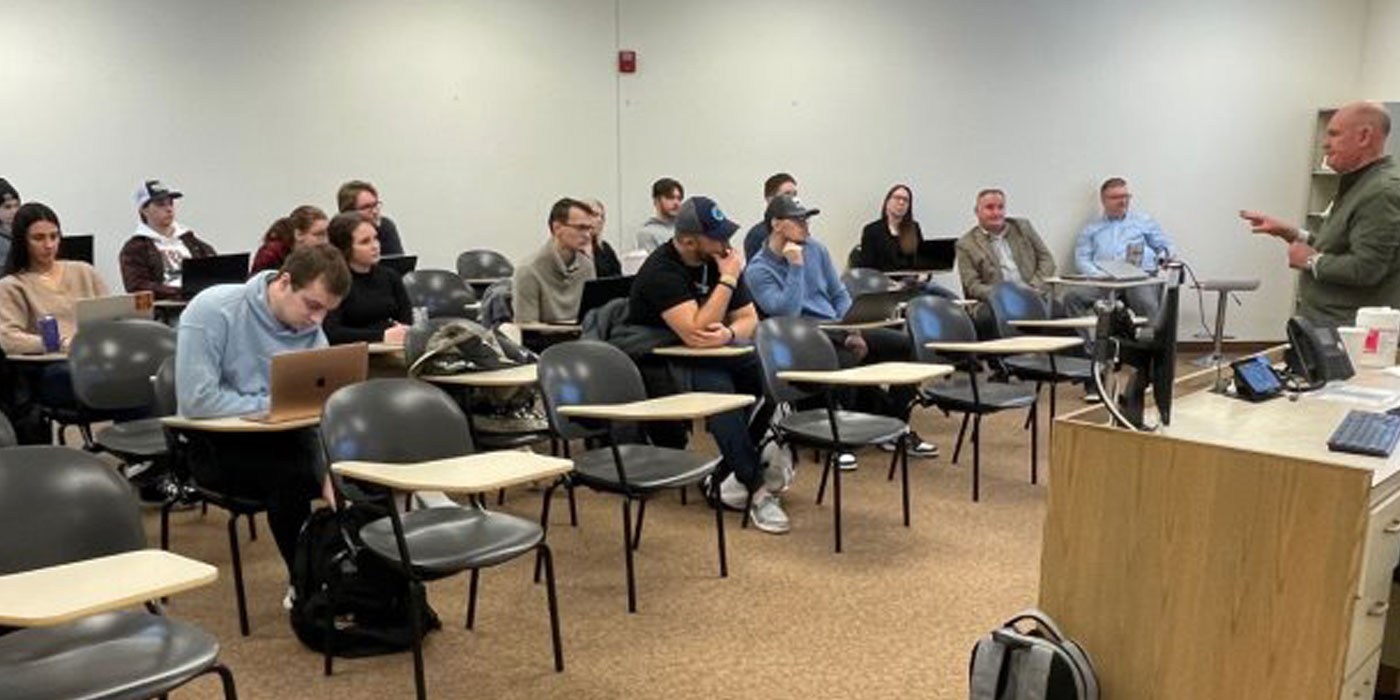Now that the festivities of the holidays have become memory, it’s time to look at a few of the changes we can expect to see in automotive service during 2010.
In retrospect, the “economic meltdown” of 2009 obviously caused major adjustments in the way automotive manufacturing, parts distribution and aftermarket service does business. According to anecdotal data, many shops are seeing a more sporadic or declining work flow while many jobbers are experiencing overall declines in gross sales. Since major economic events have combined to affect everybody working in the automotive parts distribution and service areas, let’s take a look at a few of the major changes we’re going to see and how they might affect the automotive service market during 2010 and beyond.
NEW TECHNOLOGY
We can argue climate change, but what we’re seeing in automotive manufacturing is the philosophical change in focus from conventional vehicle platforms to hybrid, plug-in hybrid and full electric vehicle platforms. Not that the technology is new. My experience goes back to the mid-1990s when I reported on the energy companies and auto manufacturers that used Colorado’s Pikes Peak Auto Hill Climb to showcase new fuels and technology. At that time, the technology was already in place for electric vehicles.
During the mid-90s, one major domestic manufacturer raced a small-sized full-electric electric truck that was posting more than 80 miles per hour near the top of Pikes Peak’s summit. This was an extraordinary performance for an electric vehicle because, up to that time, most experimental electric vehicles barely had enough battery power to race up the 14 miles of steep, twisting dirt road to the Peak’s 14,000-foot summit.
When I asked the executive in charge of the company’s motorsports program about what the company was using for batteries, he merely smiled, explaining that the batteries were “different.” I immediately suspected that the truck was equipped with the then-exotic and prohibitively expensive lithium ion batteries.
Today, lithium ion batteries are now becoming a practical part of
hybrid and electric car technology. While their major impact is perhaps five years out, electric vehicles have become part of government energy policy and also part of what auto makers perceive as a more environmentally friendly or “green” image.
At the service level, hybrid and electric vehicles use regenerative braking to slow vehicles.
Due to the growth of this technology, we’re going to see the brake market dwindle as well as most of the current vehicle maintenance technology. Instead, we’re going to see much more complex vehicle control, powertrain and battery technology take the place of the traditional under-hood and under-car services. We’re not going to see hybrid and electric vehicle service as part of the do-it-yourself market because it requires specific equipment and training to address service issues. Quite to the contrary, new equipment is required and new technicians must be trained to meet the demand.
Last, let’s not forget that turbocharged diesel technology is achieving efficiencies and levels of performance heretofore unheard of in gasoline engines. Auto manufacturers have spent generations building diesel passenger cars in Europe, so look for electronic diesel technology to play a vital role in domestic passenger car production.
NEW SPIN ON OLD TECH
On a more practical note, we’re going to see more new cars equipped with turbo charging and direct fuel injection. Turbo charging has become more refined in throttle response time and has become more reliable whiledirect fuel injection allows gasoline to be consumed more efficiently by injecting it directly into the combustion chamber.
The technology is fairly simple with a conventional low-pressure in-tank fuel pump supplying fuel to a mechanically-driven high-pressure pump. Depending upon driving conditions, the high-pressure pump develops approximately 1,000 to 2,000 psi at the fuel injector. The major issue with this system is that direct fuel injectors live in a very hostile operating environment and are thus more susceptible to failure. Look for this deficit to improve with advances in gasoline and fuel injector technology.
Next, look for even more service challenges posed by body control systems that incorporate the electronic vehicle stability controls, traction control, and electronic steering devices that are now becoming standard equipment in most vehicles. These systems lend themselves very well to being networked with other electronic chassis devices, so vehicle electronic body control systems will become more complex. Servicing body control electronics requires specific training and equipment; so again, we’re not likely to see the DIY mechanic purchasing parts for these systems.
What body control technology means to the parts professional is that many replacement parts will require an initialization process to become functional in a specific chassis system. Currently, OE manufacturer scan tools are required to initialize modules that perform common body control tasks such as exterior lighting control. Some aftermarket tools have limited capability, but the challenges posed by module initialization are far from being met in aftermarket parts and service.
Last, General Motors, among others, is joining the ranks of many European imports in requiring vehicle-specific engine oils. The underlying issue is that, rather than being determined by specific mileage intervals, oil change intervals on most vehicle platforms are now determined by a computer-monitored system that predicts oil life according to driving conditions and turns on a warning light that illuminates when an oil change is required.
The key point is that these engines require lubricating oils that match the mathematical formulas built into the PCMs or computers. Because of this change in engineering philosophy, substituting non-OE equivalent oil can accelerate engine wear simply because the longevity of the oil will be exceeded by the expectations of the software programming in the PCM.
THE TECHNICIAN SHORTAGE
Although education and training isn’t a technical issue, we still need competent technicians to service the new technology. What’s misunderstood about the current automotive employment market is that the range of required skills has vastly increased.
At one end, we have the trade school graduate or mechanic’s helper breaking into the trade. At the other end, we have the ASE Master L1 technician who is well-versed in today’s complex vehicle electronic and mechanical operating systems. In between, we have a multiplicity of service generalists who keep the nation’s wheels rolling.
But more to the point, we aren’t suffering from a shortage of competent technicians as much as we’re suffering from a shortage of well-paying jobs for competent technicians. Right now, the independent shop stands to profit by the number of experienced dealership technicians now pounding the pavement in search of work. When that supply of experienced technicians is gone, the employment market must again rely on an educational establishment that mistakenly channels academic underachievers into what has become a very complex and specialized profession. This unfortunate situation will continue to be aggravated by educators and shop owners whose technical acuity remains rooted in 1970s and ‘80s technology and methodology. Without fundamental changes in career education, we can expect declining results.
JOBBER TRAINING
On a closing note, jobber training has become more important than ever before. For years, the three-hour, evening classes traditionally sponsored by local jobbers have been denigrated as a source of relevant training. But recent changes in systems like battery, starting and charging technology have, for example, turned the diagnostics of these systems upside-down. Without training updates on these systems, we can expect increased warranty claims and dissatisfaction with charging system products.
When it comes to relevant jobber training, anything well done is the cornerstone to success and that’s one aspect of this industry that’s never going to change over the course of time.










